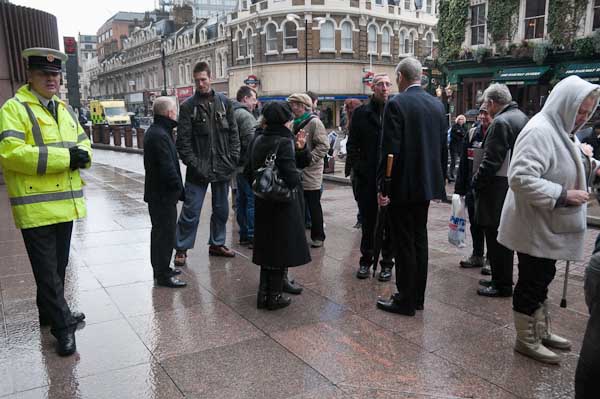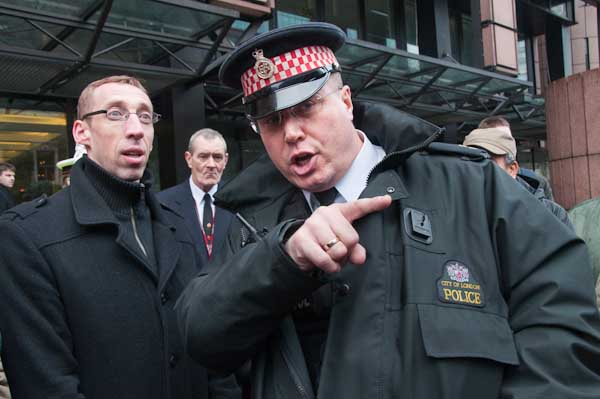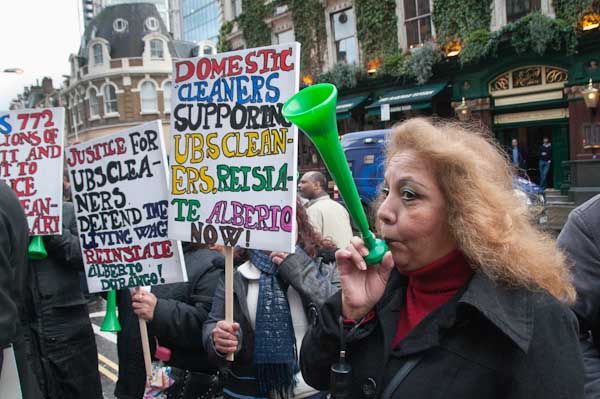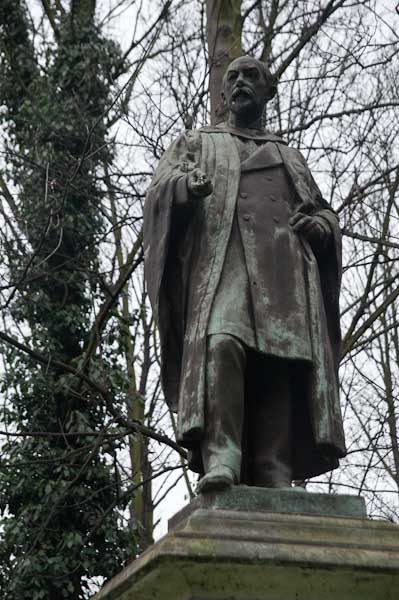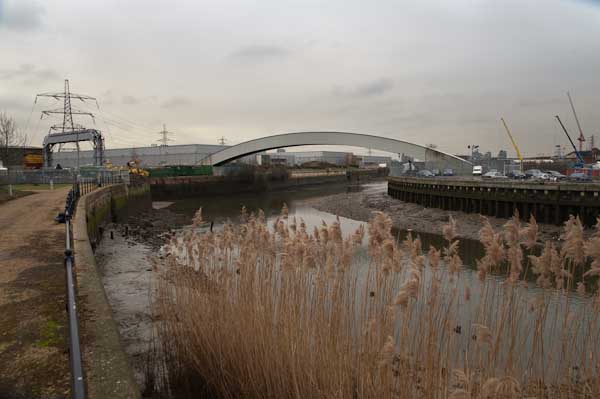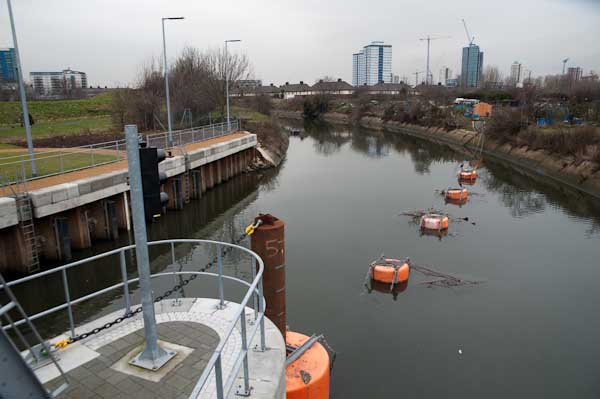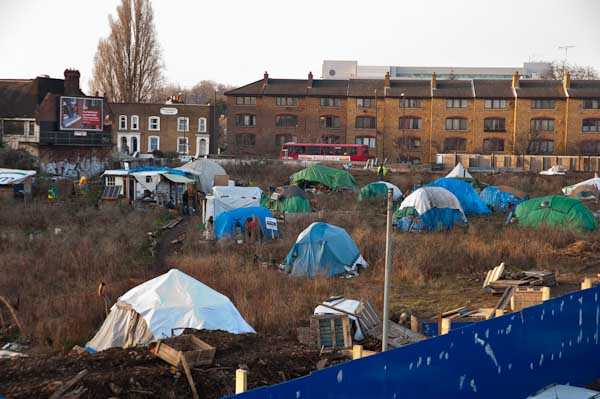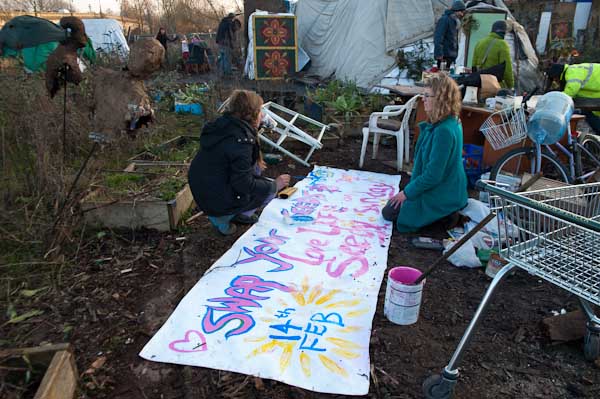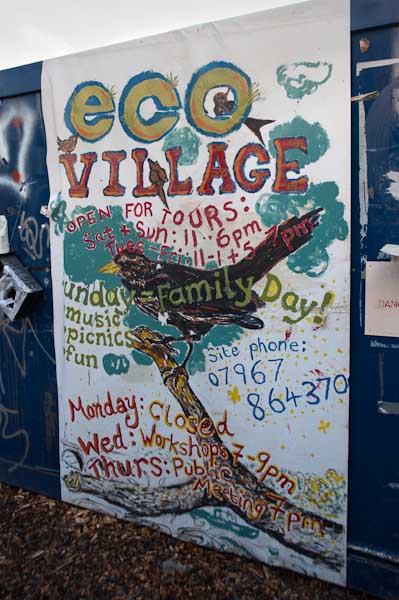I’ve long been a fan of the Photo Attorney blog by US attorney Carolyn E. Wright, which recently celebrated five years on line – though if you have an old bookmark you should to update as it is now at a new address. (I think all the links I made to the old site still work.) She gives some great advice on legal matters for photographers, much of which is relevant to those of us outside the USA too. Occasionally her site has been the first place where I’ve read about some of the problems photographers have had here in the UK too.
A week ago Wright made a great post on another blog I look at regularly, A Photo Editor, in an article Photographers- How To Deal With Infringements and one of the benefits of not mentioning it here immediately is that this has now attracted quite a number of interesting and informed comments. Her piece has some useful advice on making use of the DMCA (the U.S. Digital Millennium Copyright Act, 1998) as well as the advice “If you created the photo in a country that is a signatory to the Berne Convention, you do not have to register in the U.S. to protect your copyright or to file an infringement lawsuit in the U.S. However, if you do, then you may be entitled to statutory damages and attorneys fees” which perhaps makes the situation clearer than some other sources (Though one of the comments asks the very good question why, since the US is a signatory, you need to register photos taken there. There’s signing and there’s signing!)
But her piece very clearly lays out a series of steps photographers can consider and take to try and recover fees for the use of their work. However much of this may soon be history so far as UK photographers are concerned, with the Digital Economy Bill now making its way through Parliament. As mentioned here before, this law is Mandelson’s baby part dictated to him in a Corfu villa by David Geffen and is expected to be passed within the next month or two and, as the Copyright Action web site puts it:
“It introduces orphan works usage rights, which – unless amended, which HMG says it will not – will allow the commercial use of any photograph whose author cannot be identified through a suitably negligent search. That is potentially about 90% of the photos on the internet.
“Copyright in photos is essentially going to cease to exist…”
On that site you can read and download a letter to post to your MP, preferably with your own comments, but otherwise as it stands (download links are in 3 formats at the bottom of the letter.) If you are a photographer or a lover of photography and a UK voter please consider doing so – and don’t leave it, do it now. I’m getting mine ready to send now.
